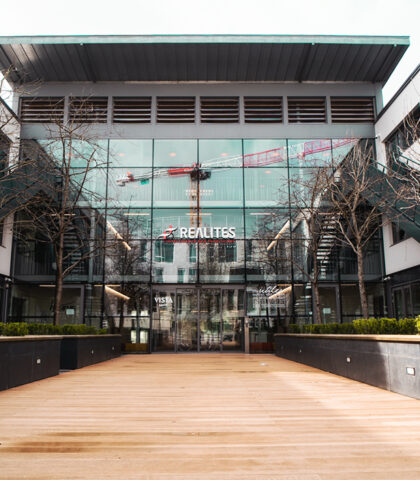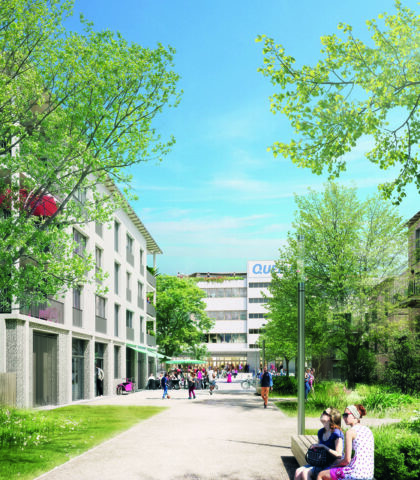Act now
With 25% of greenhouse gas emissions, the building and construction sector is the second largest contributor in France. A responsibility taken very seriously by REALITES, which is committed to reducing its impact by one third by 2030.
Greenhouse gas emissions: an ambitious target from 2021
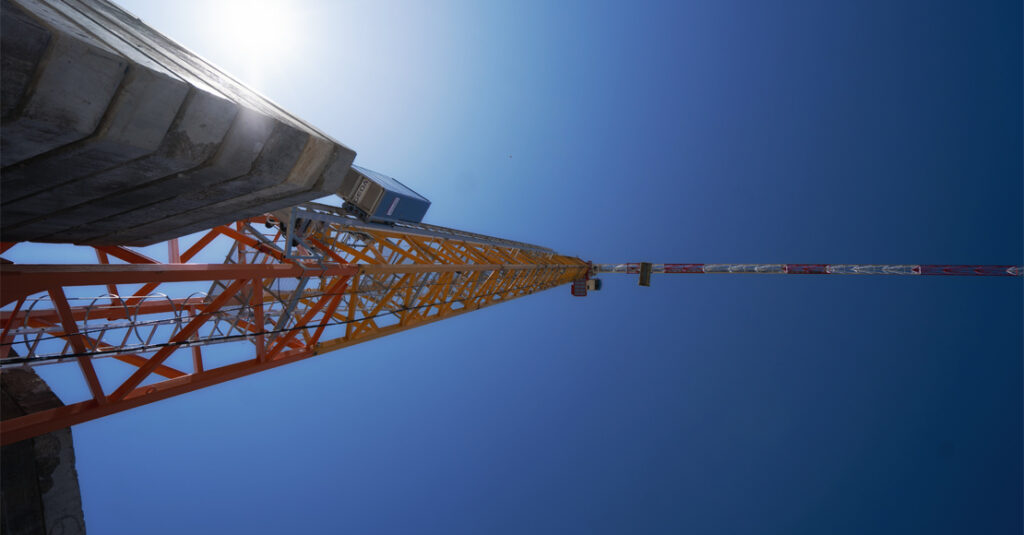
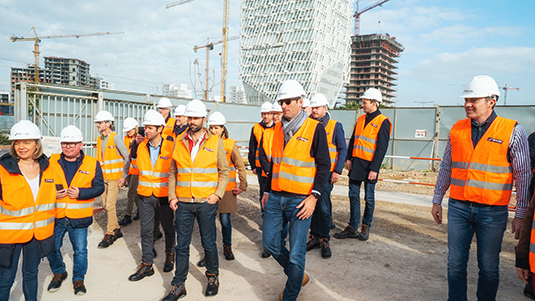
Reduce, support, contribute
Led by an independent consulting firm specialising in low carbon strategy (Carbon 4), several workshops were conducted with groups of collaborators to provide a coherent response and initiate change within REALITES operational teams.
The resulting 10-year evolutionary strategy is organised around three paths :
- Reducing the carbon footprint of the Group’s activity
- Supporting and encouraging its stakeholders to reduce their emissions
- Contributing to increasing carbon sinks to offset so-called “irreducible” CO2 emissions
Targets for all activities
On the construction side, REALITES’ objective is to reduce its greenhouse gas emissions by one third (emissions per m²/year based on the analysis of the life cycle over 50 years and according to the scope of the E+C- benchmark).
Action plans are being rolled out for the company’s corporate footprint, as well as its user control centre. Carbon balances are carried out on all aspects (1, 2 and 3).
In order to measure its carbon impact with the greatest precision, REALITES uses the ADEME benchmark. In addition, its carbon reduction strategy is based on specific quantification tools developed by external experts, coupled with internal monitoring tools.
REALITES, as of this year, will share its carbon path, in its declaration of extra-financial performance.
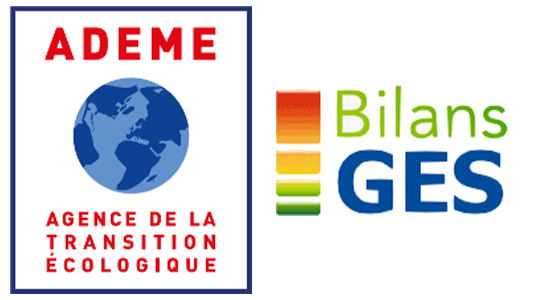
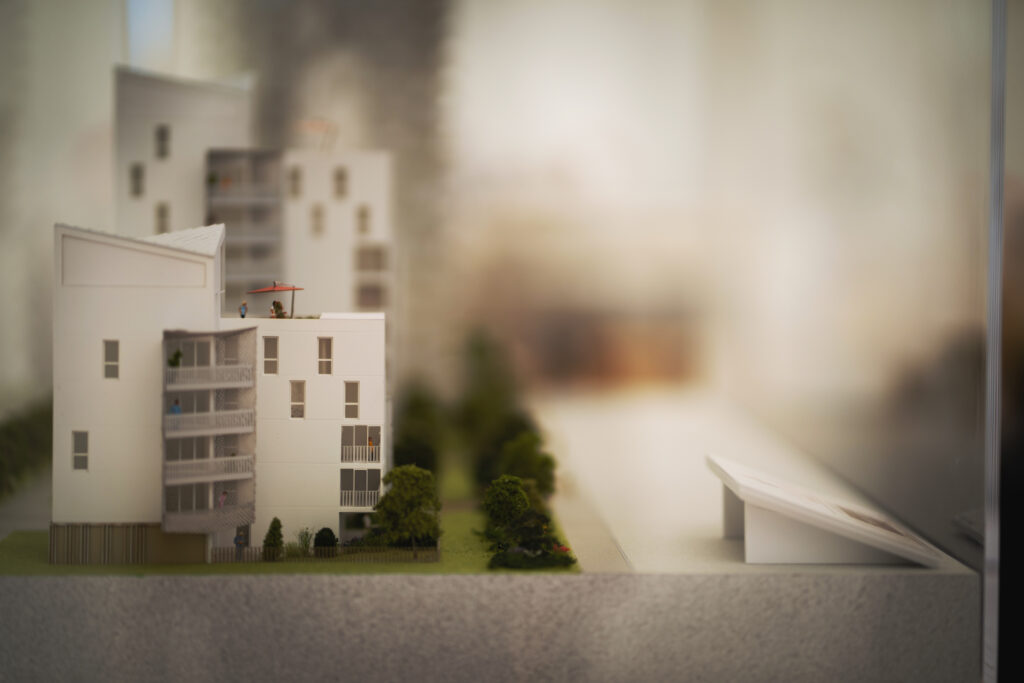
Necessary industrialisation
To go further in optimising the carbon footprint, the contracting authority must reinvent itself to move from a prototype logic to an industrial logic. Led by the Group’s Research & Development teams, the industrialisation of production has multiple objectives: to build better, faster and cheaper, while respecting the paths defined by our environmental ambition. An action plan is expected later this year.
Results obtained
Anticipate the standards of tomorrow
Located in Coupvray, in Seine-et-Marne, the Domaine des Ormes is a good example of the group’s approach. This project is part of an environmental approach that is innovative and eco-responsible.
This scheme anticipates the requirements of the Environmental Regulation (RE 2020) for new buildings, applicable from January 1, 2022.
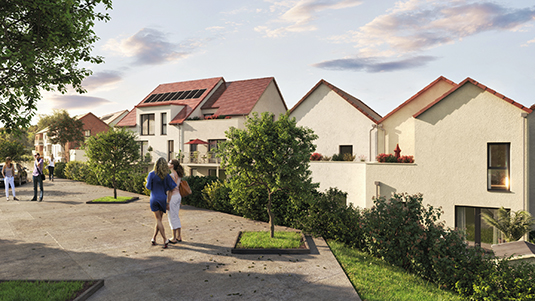
20
certified Passivhaus timber houses. This label guarantees that the house does not need to consume heating energy to guarantee thermal comfort to its inhabitants
63
apartments divided into 7 small collective buildings with timber frames, which offer high energy performance (certified Low Consumption Building – BBCA and NF Habitat HQE very efficient)
-39%
carbon per m² built compared to a concrete building with gas heating.
